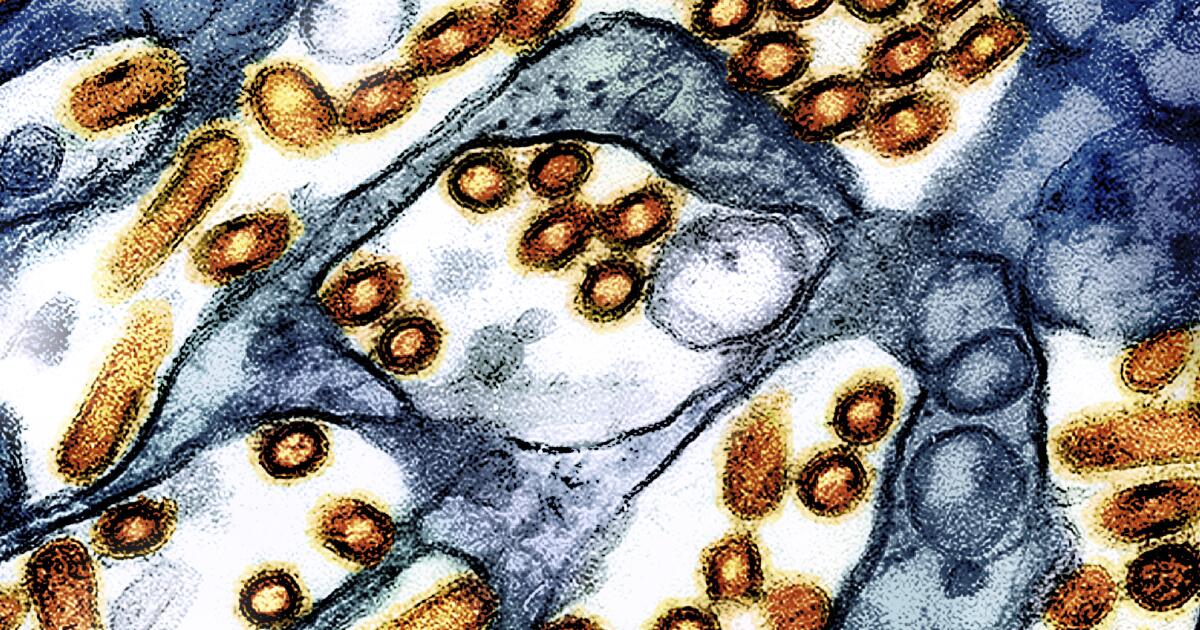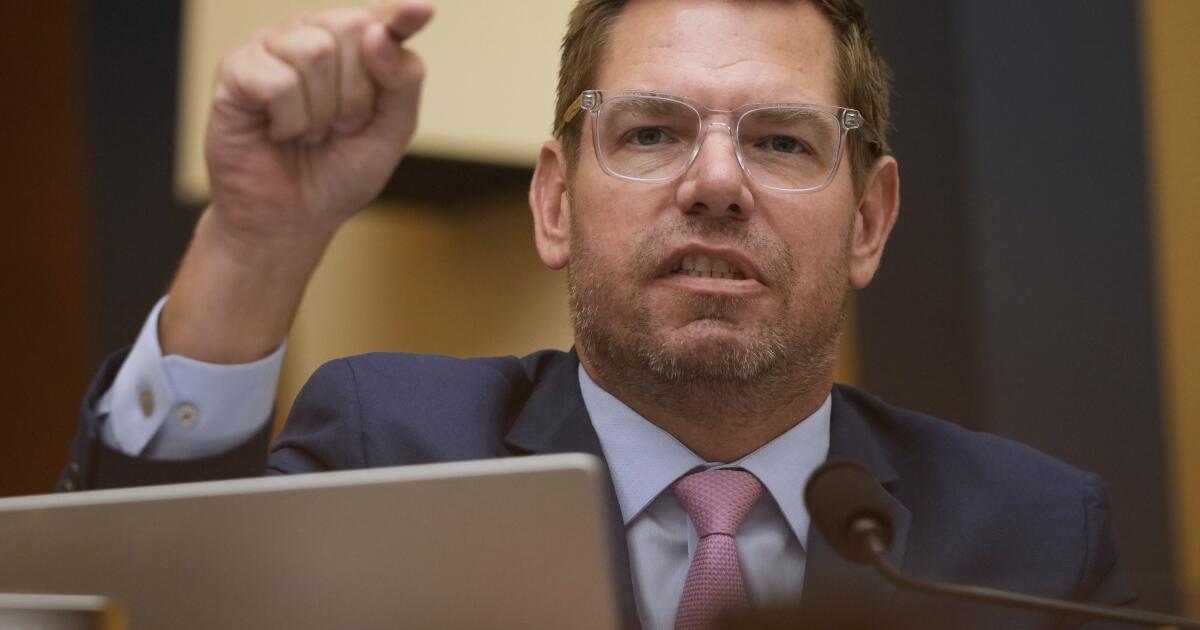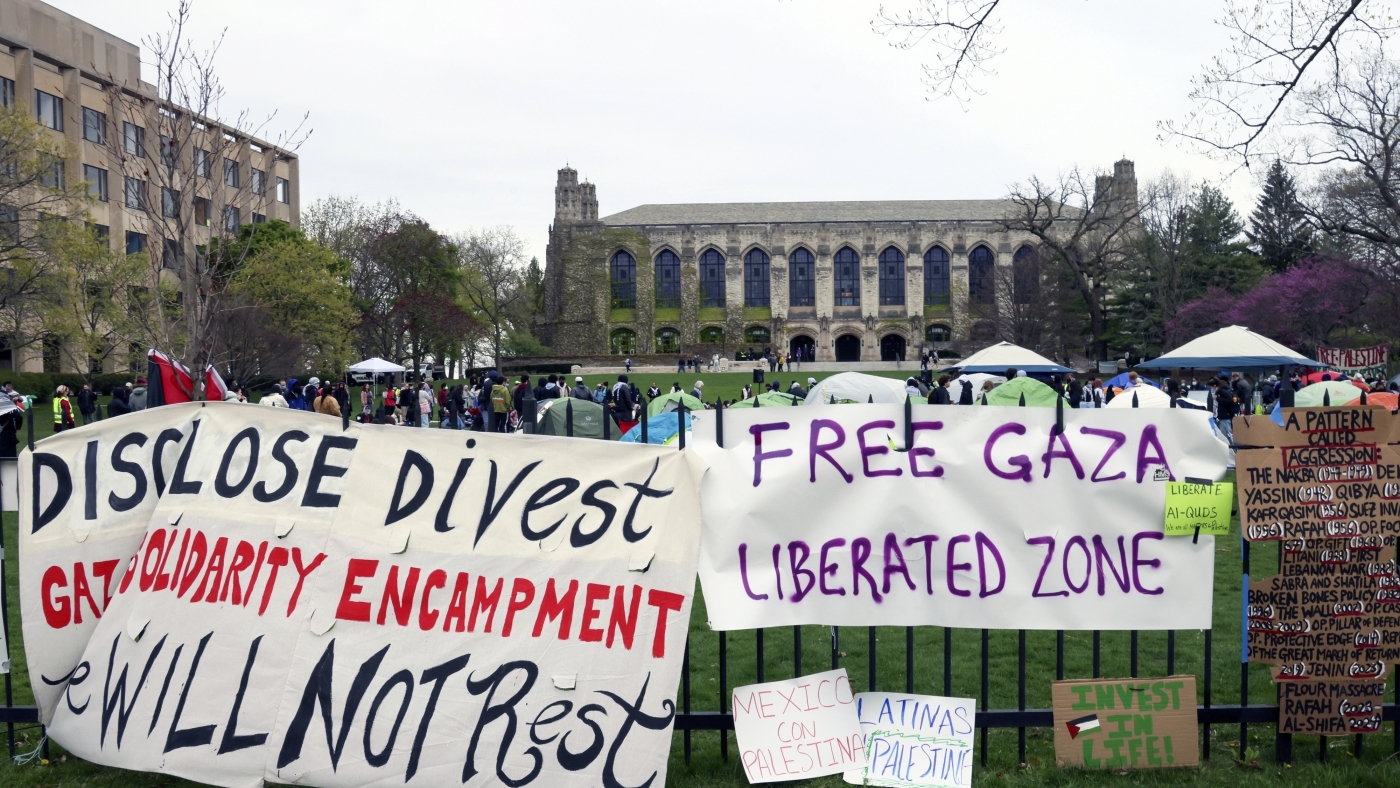Hawaii
From Aloha to Uncertainty: Hawaii’s Global Tourism at Risk

Hawaii’s visitor economy faces a fresh challenge: rising fears among likely international travelers. With stories of weeks-long detentions at U.S. borders and growing anti-American sentiment in key markets like Canada and Japan, a troubling question is surfacing: Will global visitors turn away—and what happens to Hawaii tourism if they do?
In January 2025, of the 792,177 visitors to Hawaii, 197,507 were international guests, making up 25% of the total count. Over 100,00 came from Canada and Japan. Their absence would have consequences far beyond hotel bookings. Hawaii’s flights, local businesses, and even jobs could be at risk.
International visitors on edge.
Hawaii’s top international markets are showing signs of distress. Beat of Hawaii readers echoed the concern seen in mainstream media. Bruce M, a longtime Maui visitor from Canada, wrote, “Due to the treatment of the US to our country, we won’t be returning.” Another visitor added, “We used to go for 14 days. Now we only do 10. Basically, it is your loss.”
These aren’t one-off comments—they reflect a growing mood. Travelers from Vancouver to Tokyo to Western Europe voice concerns about being detained, harassed, or unwelcome. For Hawaii, the impact is compounded by the state’s physical distance and reliance on long-haul flights.
Hawaii tourism leaders recently confirmed in the Honolulu Star-Advertiser that Canadians are rethinking trips. Some Canadians report backlash at home just for coming to Hawaii now. Others cited political tensions, economic retaliation, and a push to avoid U.S. travel as key reasons for staying away.
Detentions of international visitors spark fear.
Recent stories of detained international tourists are chilling. A German man spent 16 days in U.S. detention after a routine border crossing. Another tourist from Wales was held for nearly three weeks. A Canadian woman spent 12 days in custody before being sent home. The exact reasons were not released, but according to Customs and Border Protection, “if statutes or visa terms are violated, travelers may be subject to detention and removal.”
The issue isn’t necessarily about the detentions themselves—it’s the uncertainty and fear they’ve triggered in an unprecedented and widespread way. “Nobody is safe there anymore to come to America as a tourist,” one detainee said after being released.
The unease is spreading beyond those directly affected. Hawaii officials say they’ve received emails from Canadians canceling travel plans due to political tensions and uncertainty at the border.
Even travelers who were never affected now wonder if it could happen to them. For international visitors, Hawaii suddenly doesn’t feel like a separate destination—it feels like part of a country that may not want them.
The transparency gap in Hawaii widens.
Making things worse, Hawaii stopped reporting daily international arrival numbers on March 1, citing a long-overdue system overhaul we previously wrote about. At a time when businesses need clarity, the data gap has left everyone guessing.
Without visibility, it’s impossible to know whether concerns translate into cancellations. The pause in reporting couldn’t come at a worse moment—just as international markets are shifting.
Domestic visitors are under pressure, too.
Mainland travelers, Hawaii’s core audience, are also scaling back. Reader after reader shared frustrations about rising costs, service inconsistencies, and a fading sense of value.
Peterparker22, who brought his family of five to Oahu and the Big Island, said the only way they could afford it was to burn every airline and hotel point they’d saved. “The total cost would have been $25,000 in cash. It’s probably the last time I can afford to bring my family to Hawaii this way.”
Another reader noted, “Two weeks in Hawaii were going to cost more than our three-week cruise next year to three countries.” Others are opting for New Orleans, the Caribbean, or simply staying home.
Hawaii has recently tried to offset this with resident discounts and marketing focused on mindful travel. But affordability remains a sticking point, and even loyal visitors are weighing their options.
Flights and perks could fade.
When international demand drops, it’s not just fewer people—it’s fewer planes, especially widebody aircraft that serve long-haul routes from Japan and Canada. These flights support not just passengers but cargo and interline connections, too.
Reducing these flights could mean fewer total seats to Hawaii, higher prices, and less flexibility for all travelers—including those from the U.S. mainland. Premium experiences like lounges and first-class service also risk being downgraded if high-spend travelers disappear.
The next chapter isn’t written yet.
It’s clear Hawaii’s visitor landscape is rapidly shifting. Rising geopolitical tension, travel anxiety, and domestic cost fatigue could lead to real change. Fewer visitors—international or domestic—could impact everything from air service to hospitality jobs.
But Hawaii’s greatest strength has always been its ability to adapt. If the state and industry leaders respond with openness, cultural grounding, and true hospitality, Hawaii can remain a top destination even in a changing world.
Your comments about how government policies impact travel are appreciated.
Get Breaking Hawaii Travel News

Hawaii
Ways you can protect your family and home during and after hurricane season

HONOLULU (HawaiiNewsNow) – Hawaii’s hurricane season technically ends this weekend, advocates say now is the time to ramp up emergency preparedness efforts for next season.
Honolulu Neighborhood commission chair Larry Veray joined us with what community leaders are doing.
The commission made a it a priority for Year 2026 to educate all neighborhood residents and provide them advice on how to fortify their homes and high rises to minimize the loss of life and property in a severe disaster like extreme hurricanes and wildfires.
“There are over 80,000 wooden homes on Oahu,” said Veray. “With a Category 3-5 hurricane, many houses will lose their roofs and begin to disintegrate with windows and walls followinging.”
Veray also facilitates guest presenters for the Pearl City Neighborhood Board next year and ask Hawaii legislators to facilitate a town hall meeting next year.
Click here for more information on the neighborhood board.
Copyright 2025 Hawaii News Now. All rights reserved.
Hawaii
Suspect apprehended during Thanksgiving restaurant robbery

HONOLULU (HawaiiNewsNow) – Police responded to an armed robbery call shortly before 10:30 p.m. on Thanksgiving.
According to police, a 36-year-old man entered a closed restaurant at 1910 Ala Moana Blvd. and allegedly pointed what appeared to be a handgun at two employees.
One employee was able to flee, but the second was reportedly assaulted and had her property taken.
Police officers arrived while the suspect was still at the scene and detained him.
The suspect was arrested on suspicion of two counts of first-degree robbery.
Anyone with information is asked to call 911 or CrimeStoppers at 808-955-8300.
Copyright 2025 Hawaii News Now. All rights reserved.
Hawaii
Christopher Fujimoto

-

 Science1 week ago
Science1 week agoWashington state resident dies of new H5N5 form of bird flu
-

 Business5 days ago
Business5 days agoStruggling Six Flags names new CEO. What does that mean for Knott’s and Magic Mountain?
-

 New York1 week ago
New York1 week agoDriver Who Killed Mother and Daughters Sentenced to 3 to 9 Years
-

 World1 week ago
World1 week agoUnclear numbers: What we know about Italian military aid to Ukraine
-

 Politics2 days ago
Politics2 days agoRep. Swalwell’s suit alleges abuse of power, adds to scrutiny of Trump official’s mortgage probes
-

 Northeast1 week ago
Northeast1 week agoCamelot or Cringe?: Meet JFK’s grandson turned congressional candidate for the scrolling generation
-

 Ohio4 days ago
Ohio4 days agoSnow set to surge across Northeast Ohio, threatening Thanksgiving travel
-

 Southeast1 week ago
Southeast1 week agoAlabama teacher arrested, fired after alleged beating of son captured on camera















